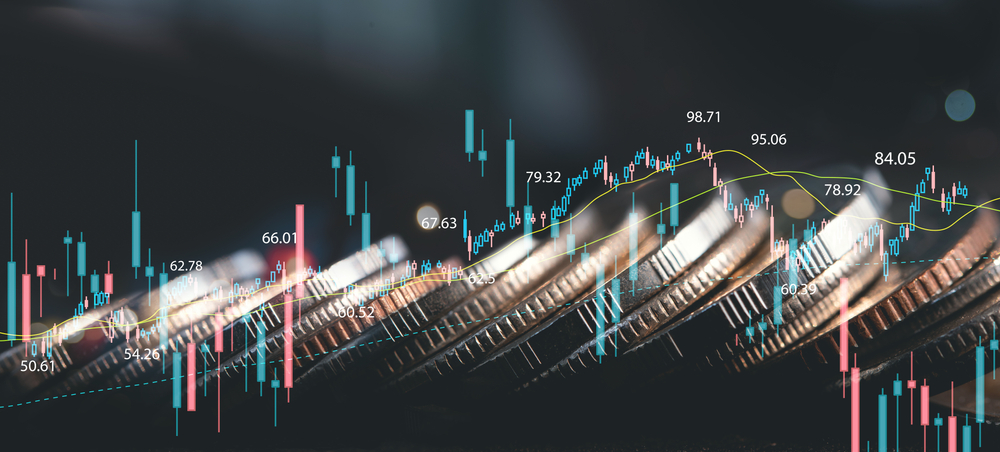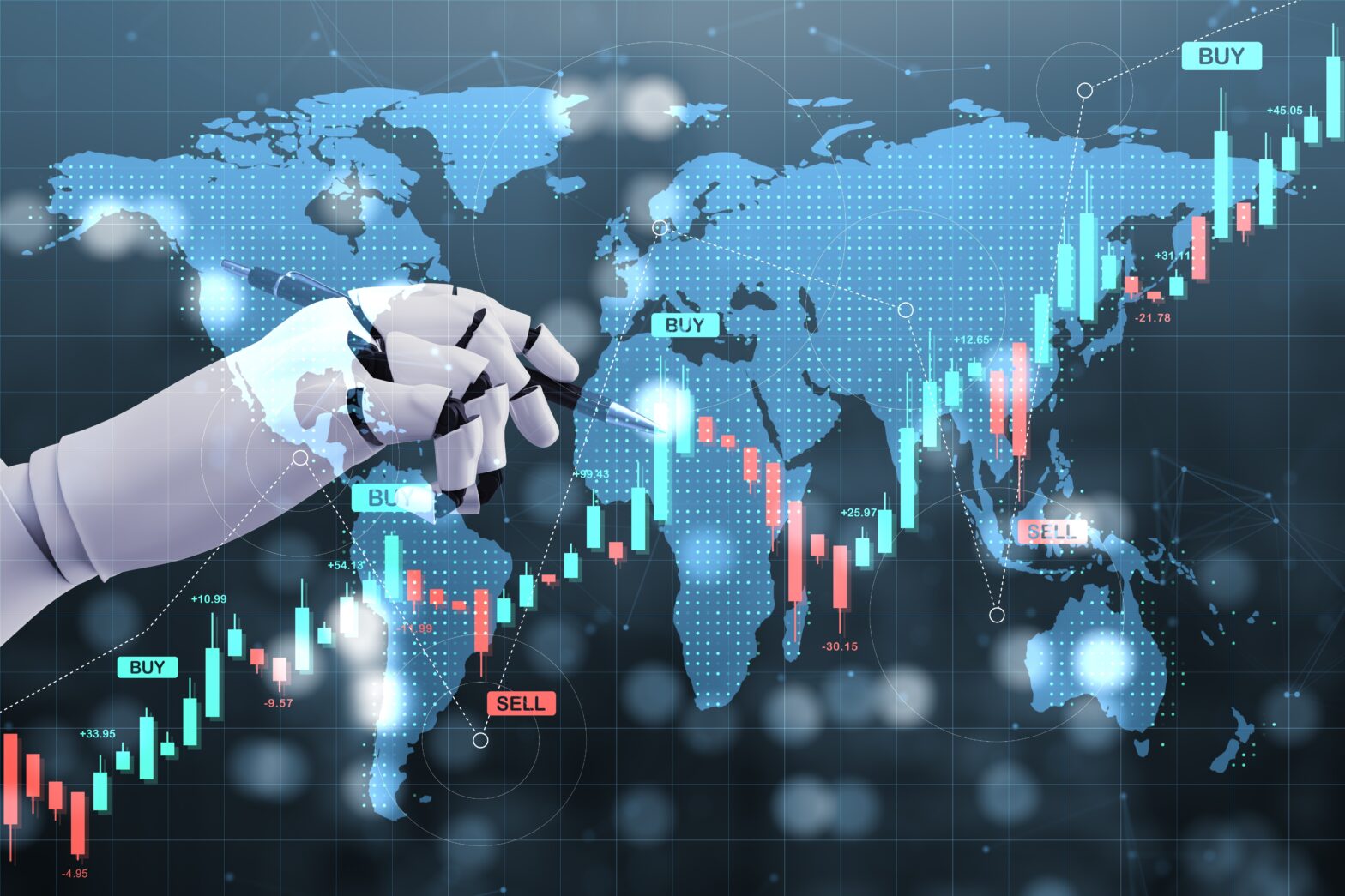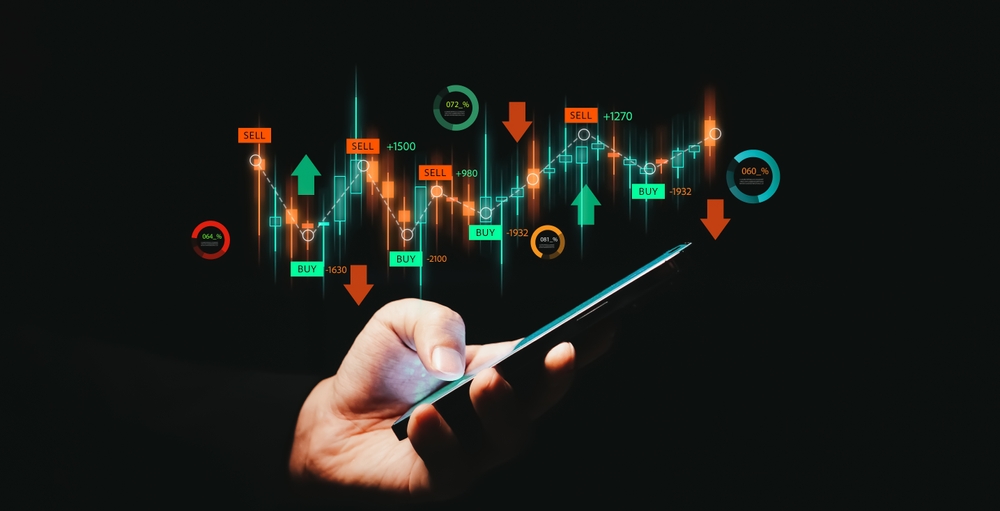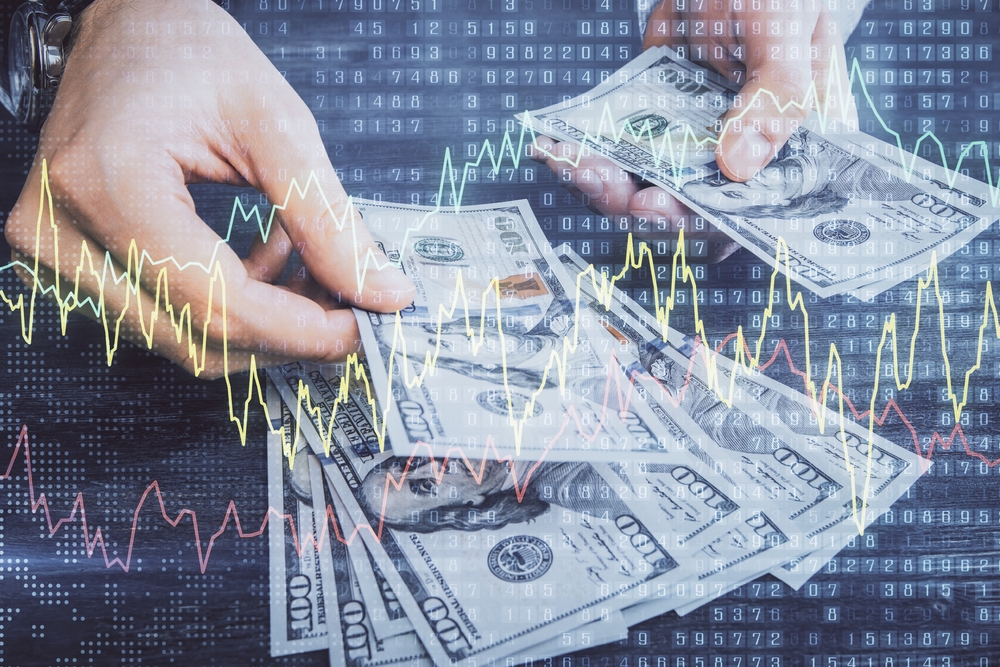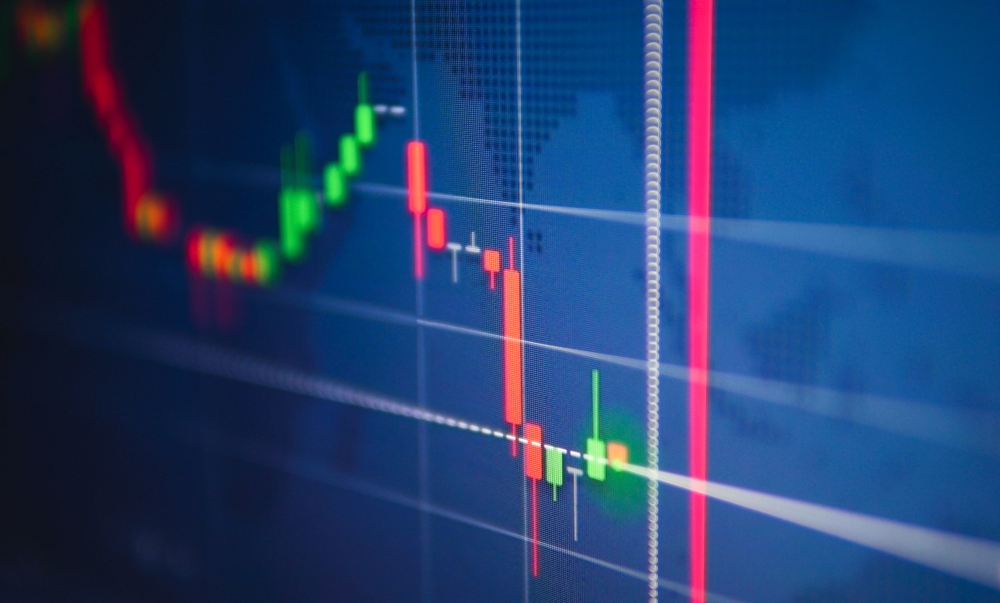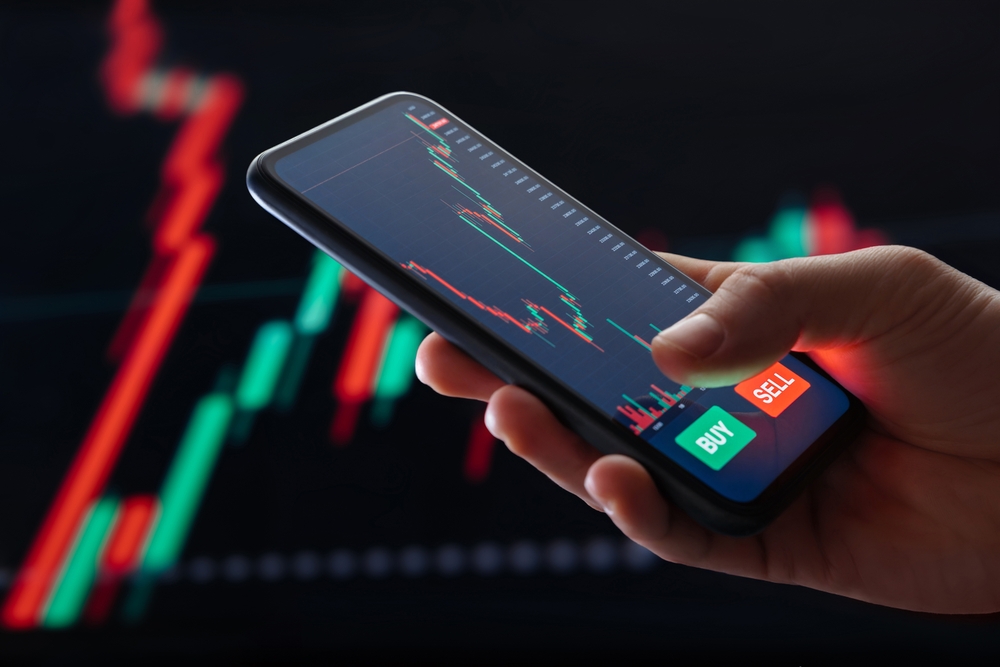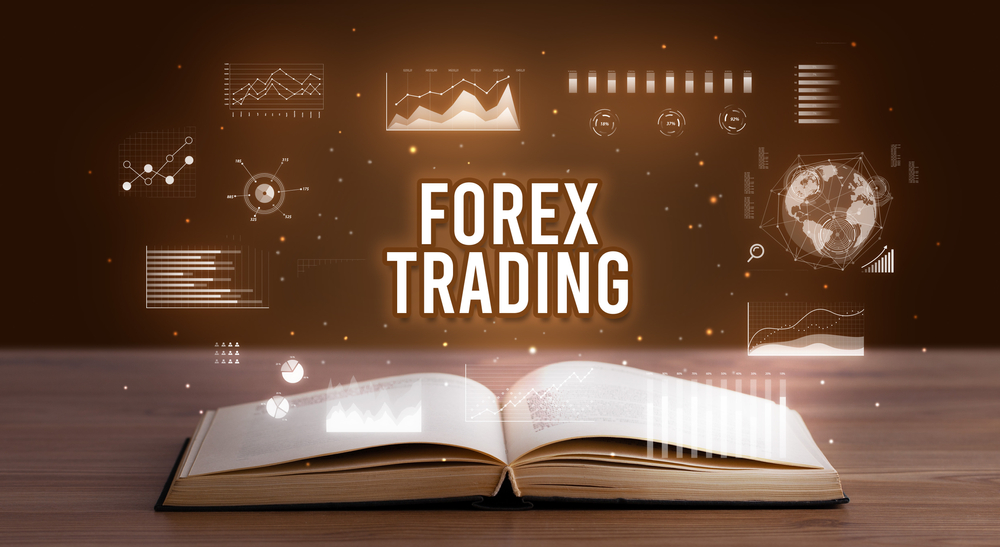In the ever-evolving world of cryptocurrency trading, timing and precision determine success. The digital asset market operates 24/7, across multiple exchanges, and is influenced by thousands of data points every second. Navigating this complexity manually can be overwhelming — and this is where Crypto Signals come in.
Crypto Signals are becoming the backbone of modern trading strategies, empowering traders to make informed, data-driven decisions in real time. Platforms like Evest, a trusted global trading platform, are redefining how investors approach the cryptocurrency market. By providing professional-grade tools and actionable insights, Evest helps both beginners and advanced traders execute profitable trades with accuracy and confidence.
What are Crypto Signals?
Crypto Signals are actionable trading suggestions designed to help traders decide when to buy, sell, or hold a cryptocurrency. These signals are generated using a combination of technical indicators, market analysis, and algorithmic predictions.
For example, a signal might read:
“Buy Bitcoin (BTC) at $61,500, Take Profit at $63,000, Stop Loss at $60,800.”
Such a message provides precise entry and exit points, helping traders avoid emotional decision-making and focus purely on strategy.
Platforms like Evest deliver real-time Crypto Signals to their users, combining human expertise with advanced algorithms that scan thousands of charts to identify potential trading opportunities.
Understanding the Core Concept
At its core, a Crypto Signal is a form of market intelligence. Traders use these signals to execute decisions faster and more efficiently than if they were relying solely on manual analysis. This approach is particularly valuable in crypto signals trading, where price movements happen within seconds.
The Relevance in Modern Trading
The growing interest in crypto signals online is driven by accessibility. Even those new to trading can understand and apply signals with the right platform guidance. Evest’s ecosystem ensures that traders receive clear, easy-to-follow signals supported by in-depth analytics.
By combining automation, expert analysis, and real-time updates, Crypto Signals bridges the gap between beginner-level understanding and professional-level execution.
How do Signals Guide Cryptocurrency Traders?
Crypto Signals act as a compass in the unpredictable world of crypto trading. They help traders cut through the noise of constant price fluctuations and make strategic, data-backed decisions.
When a signal is received — for instance, a notification recommending to buy Ethereum (ETH) at a certain price — the trader can execute the action instantly or use automated trading tools on platforms like Evest to perform it automatically.
Simplifying Complex Market Data
The cryptocurrency market is driven by massive amounts of data: price charts, trading volumes, social media sentiment, blockchain metrics, and global news. For a human trader, analysing all this data in real time is nearly impossible. Crypto Signals summarise that complexity into actionable instructions.
Evest’s algorithms evaluate hundreds of market factors, including historical data patterns and trend indicators, before generating a signal. This ensures that traders receive only high-confidence opportunities.
Supporting Both Beginners and Experts
For newcomers, Crypto Signals removes the steep learning curve. Instead of having to master technical analysis immediately, beginners can follow signals while learning from them. For professionals, signals enhance decision speed and confirm existing analyses — making crypto signals best used as part of a comprehensive trading system.
Emotion-Free Trading
Trading psychology plays a big role in crypto markets. Fear and greed can cloud judgment. Signals reduce these emotional reactions by providing clear, structured trading paths. By following verified signals from a reliable provider like Evest, traders can remain disciplined, focused, and profitable even during high volatility.
The Importance of Reliable Signals in Volatile Markets
Cryptocurrency markets are famously volatile. Prices can rise or fall by 10% within minutes. During such swings, access to real-time Crypto Signals becomes crucial.
Why Reliability Matters
Not all signal providers are created equal. Some base their trading recommendations on speculation or outdated data, which can lead to heavy losses. Evest, however, ensures accuracy and transparency through its AI-powered analysis systems and collaboration with verified market analysts.
A reliable signal provider offers:
- Real-time alerts.
- Transparent historical performance data.
- Consistent accuracy over time.
The Role of Timing and Precision
A delay of even a few seconds can alter trade outcomes. That’s why Evest’s Crypto Signals are delivered instantly via multiple channels (app notifications, web dashboard, and email alerts). The platform’s low-latency infrastructure ensures every trader receives information as fast as institutional investors.
Protection Against Market Noise
The crypto market generates endless speculation and misinformation. Reliable Crypto Signals filter out unreliable hype and guide traders towards genuine opportunities based on data, patterns, and probability — not emotion or rumour.
For traders who rely on crypto signal futures, having access to accurate real-time data can mean the difference between capturing a trend early and missing it entirely.
How Crypto Signals Work?
Crypto Signals operate by interpreting market data using both technical and fundamental analysis, as well as automated algorithms designed to spot profitable trade setups.
Explanation of Buy/Sell/Stop-Loss Signals
Every Crypto Signal generally includes:
- Buy Signal: Indicates an optimal entry point when an asset shows upward potential.
- Sell Signal: Suggests an exit point to secure profits or limit loss.
- Stop-Loss: Defines a safety net to protect against sharp declines.
Evest’s platform automates this process. Traders can copy or auto-execute signals directly on their Evest account, ensuring fast, accurate trades.
Delivery Methods: Telegram, Apps, Emails
Evest delivers Crypto Signals online using various channels:
- Evest Trading App: Get instant notifications with market analysis.
- Email Alerts: Receive full signal breakdowns and daily summaries.
- Integrated Dashboard: Monitor all signals, open trades, and past performance in one place.
Evest also supports API-based integration for algorithmic traders who want to sync automated strategies directly with market signals.
Benefits of Using Crypto Signals
The use of Crypto Signals offers traders multiple strategic advantages, especially when implemented through a trustworthy platform like Evest.
Save Time on Market Research
Manual market analysis requires constant monitoring of charts, news, and sentiment. Crypto Signals simplifies this by condensing thousands of data points into one actionable recommendation. Evest’s technology scans markets continuously, so traders don’t need to spend hours researching.
Gain Access to Expert Insights
Crypto Signals on Evest are backed by professional analysts and sophisticated trading models. This gives traders access to institutional-grade insights, even without years of experience.
Whether you’re analysing Bitcoin, Ethereum, or altcoins, Evest ensures that every signal is based on thorough analysis and cross-verified market data.
Improve Profitability and Trading Confidence
By following structured Crypto Signals, traders can execute decisions without hesitation. Over time, this builds trading confidence and discipline.
Evest also allows traders to backtest signals — meaning they can analyse past performance to verify reliability before committing real capital.
Learn Technical and Market Analysis through Signal Tracking
Evest’s dashboard displays charts, indicators, and reasoning behind each signal. This educational layer helps traders understand why a trade setup was chosen, gradually improving their analytical skills.
For beginners, this turns signal-following into a learning journey rather than blind execution — a major reason why Evest’s crypto signals trading tools are so popular among global users.
Risks and Limitations of Crypto Signals
While Crypto Signals offer substantial advantages, traders must remain aware of the inherent risks.
Fake or Unverified Providers
The crypto industry is full of fraudulent “signal groups” that promise guaranteed profits. Many of them manipulate results or charge high fees for poor-quality signals.
By contrast, Evest maintains full transparency, displaying live performance statistics and verified historical data to ensure trust and accountability.
Market Volatility Impact
Even the best signals can be affected by unforeseen events — regulatory news, exchange hacks, or large market selloffs. Evest mitigates this by offering real-time updates and stop-loss recommendations to manage risk effectively.
Over-Dependence on External Advice
Crypto Signals should support your strategy, not replace it entirely. Traders who depend solely on signals without understanding market conditions may struggle during unexpected volatility.
Evest encourages users to combine signals with education and research tools available on its platform.
Delay in Signal Execution
Timing is crucial. Some online trading platforms deliver delayed signals, reducing profitability. Evest solves this issue with ultra-fast servers and low-latency distribution networks that guarantee instant delivery to traders worldwide.
Choosing the Right Crypto Signal Provider
With hundreds of signal providers online, choosing the right one determines your trading success.
Evest stands out because it combines accuracy, technology, and transparency — three essentials for professional-grade trading signals.
Key Factors to Consider: Accuracy, Transparency, Reviews
A reliable provider should have:
- Verified track records.
- Clear methodology behind signal generation
- Consistent accuracy (not exaggerated promises).
Evest regularly audits and publishes its signal accuracy reports, proving that its performance aligns with real market outcomes.
Importance of Real-Time Performance Tracking
One of Evest’s biggest advantages is real-time tracking. Traders can view how each signal performs over time and adjust their strategies accordingly. This builds trust and accountability, eliminating guesswork.
Trial Periods and Refund Guarantees
Unlike many providers, Evest offers free trial access to its signal services, allowing traders to evaluate performance before committing.
This client-first approach reflects Evest’s mission to promote transparency, fairness, and sustainable trading growth.
Evest Services
Evest delivers a versatile trading platform designed to meet the needs of all types of investors. It provides essential tools and resources to enhance trading efficiency and confidence.
Commission-Free Stock Trading
Evest allows clients to trade global stocks with zero commission, making it an attractive choice for investors who want to access international markets with minimum costs.
CFD Trading
The platform provides access to a wide range of financial assets through Contracts for Difference (CFDs), including stocks, forex, indices, commodities, and cryptocurrencies. This gives traders great flexibility to diversify their strategies.
WebTrader Platform
Evest offers a WebTrader platform that works directly from the browser without the need to download extra software. It features a user-friendly interface with real-time charts and analysis tools to help investors make better trading decisions.
Copy Trading
With the copy trading service, beginners or passive investors can automatically copy the trades of professional traders. This allows users to benefit from the experience of experts and potentially generate steady profits.
Demo Account
Evest provides a free demo account where traders can practice with virtual funds. This service is especially useful for beginners to learn trading basics and test strategies without risking real money.
Islamic Trading Accounts
Evest offers Islamic (Swap-Free) accounts that are free from interest charges, making them compliant with Shariah law and suitable for Muslim traders.
Smart Analytics Tool (Evest Analytics)
The platform integrates AI-powered analytics tools that deliver accurate market insights and instant alerts, helping traders to identify investment opportunities at the right time.
Mobile Trading App
Evest provides a modern mobile application for iOS and Android, enabling users to trade anywhere, anytime, with the same tools and features available on the web platform.
Multiple Deposit & Withdrawal Options
Evest supports various payment methods for deposits and withdrawals, including:
- Credit and debit cards
- E-wallets
- Bank transfers
This ensures flexible and convenient financial transactions for traders worldwide.
In Conclusion
Crypto trading doesn’t have to be chaotic or uncertain. With Evest’s Crypto Signals, traders gain a structured, reliable, and real-time guide to profitable decision-making.
Evest combines cutting-edge algorithms, expert analysis, and instant delivery to empower both novice and professional traders to navigate the market confidently. Whether you’re trading crypto signals, futures, or short-term pairs, Evest ensures your strategy is backed by precision, transparency, and speed.
In a world where data is power, Evest’s Crypto Signals are your key to unlocking smarter and more profitable crypto trading.
FAQs
What are the best crypto signals?
The best Crypto Signals come from platforms like Evest, which combine AI-driven algorithms with human expertise to deliver accurate, real-time trading insights.
Can AI give crypto signals?
Yes, artificial intelligence is now a major part of crypto signals trading. Evest uses AI models that analyse price movements and predict potential trade setups.
Who gives crypto signals?
Crypto Signals can come from professional analysts or automated systems. Evest integrates both methods for the highest accuracy.
What do signals mean in trading?
In trading, a signal indicates whether to buy, sell, or hold an asset. In crypto signals, meaning, it represents the data-backed recommendation to enter or exit a trade.
How to get accurate crypto signals?
Join a trusted platform like Evest, which provides verified and transparent signals with real-time execution tools to ensure accuracy and profitability.



